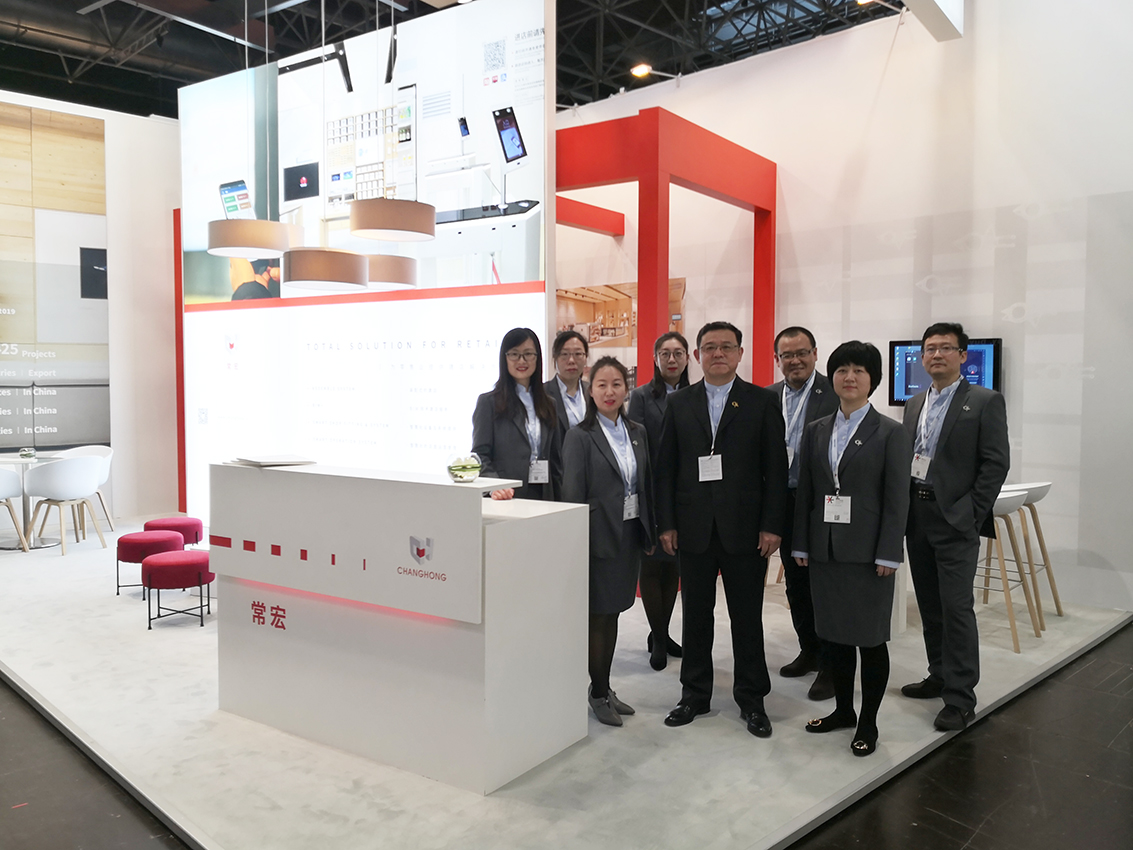ธ.ค. . 04, 2024 15:58 Back to list
Trendy Furniture Ideas for Modern Retail Store Interiors and Designs
The Evolution and Importance of Retail Store Furniture
In the bustling world of retail, the presentation of products is just as crucial as the products themselves. One often-overlooked aspect that plays a significant role in shaping customer experience is retail store furniture. The right furniture can transform a store's ambiance, enhance the shopping experience, and ultimately influence purchasing decisions. This article delves into the evolution, importance, and best practices for utilizing retail store furniture effectively.
Historical Perspective
The concept of retail store furniture has evolved dramatically over the years. In the early days of commerce, stores typically featured wooden tables and shelves where goods were displayed. As consumer culture grew and evolved, so did the design and functionality of retail furniture. The mid-20th century saw the introduction of modern design principles, incorporating both aesthetic elements and practical needs.
With the rise of consumerism in the late 20th century, retailers began to recognize the importance of creating a shopping environment that encourages customers to linger. Furniture design shifted towards a more customer-centric approach, where comfort and functionality became paramount. Today, retail furniture includes a wide range of options, from elegant display cases and shelving units to seating areas that invite customers to relax and enjoy their shopping experience.
The Importance of Retail Store Furniture
1. Creating an Inviting Atmosphere The right furniture can set the mood for a store and make it more inviting. From stylish seating arrangements to visually appealing display shelves, the furniture plays a crucial role in crafting an atmosphere that encourages exploration and engagement. A well-designed space invites customers to stay longer, increasing the likelihood of a purchase.
2. Enhanced Product Display Effective retail furniture is not merely functional but also strategically designed to highlight products. Shelving units, display cases, and racks should complement the items for sale, drawing attention without overwhelming customers. Innovative furniture designs can showcase products at different heights, widths, and arrangements, creating a visually appealing layout that encourages browsing.
3. Facilitating Customer Movement The flow of a retail space is essential to customer behavior. Retail furniture can facilitate movement through strategic placement, guiding customers on a journey through the store. Ensuring clear pathways and using furniture to define specific areas can help both in enhancing the shopping experience and in promoting specific product categories.
4. Brand Identity and Differentiation Furniture choices can significantly reflect and enhance a brand’s identity. Unique and custom-designed pieces can set a store apart from competitors, making a lasting impression on customers. For example, a high-end boutique may opt for luxurious furniture that exudes sophistication, while a children's store might use playful, colorful pieces to create an engaging atmosphere.
retail store furniture

5. Comfort and Convenience Providing areas for customers to rest is a thoughtful touch that can transform a retail experience. Comfortable seating areas encourage customers to take a break, making them more likely to return to the browsing process with renewed energy. Additionally, furniture such as fitting rooms must be designed with convenience and comfort in mind, enhancing the overall shopping experience.
Best Practices for Retail Store Furniture
To maximize the impact of retail store furniture, retailers should consider several best practices
- Understand Your Customer Base Know your target demographic and choose furniture that aligns with their preferences and expectations. For instance, a tech store might opt for sleek, contemporary furniture, while a store specializing in handmade crafts might choose rustic or vintage-style pieces.
- Prioritize Quality and Durability Retail furniture must withstand heavy daily use. Investing in high-quality, durable materials ensures that furniture not only maintains its aesthetic appeal but also functions effectively over time.
- Flexibility in Design Retail environments often change with trends and seasons. Modular or flexible furniture solutions allow retailers to adapt quickly to new layouts or merchandising strategies, maintaining a fresh, engaging environment for customers.
- Regularly Evaluate Layout and Design Continually assess the effectiveness of your furniture layout. Customer feedback, sales data, and observational studies can provide insights into how well your current setup is performing.
Conclusion
In conclusion, retail store furniture is far more than just functional décor; it is a critical component of the customer shopping experience. By understanding its evolution and significance, retailers can harness the power of well-designed furniture to create inviting, engaging environments that drive sales and build brand loyalty. With thoughtful planning and design, retail furniture can elevate a store from ordinary to extraordinary, leaving a lasting impression on customers and encouraging repeat visits.
-
The Impact of Display Racks on Promoting Sustainable Product Consumption
NewsMay.14,2025
-
The Display Table Is A Catalyst For Sustainable Consumer Engagement
NewsMay.14,2025
-
Sustainable Modern Retail Store Fixtures
NewsMay.14,2025
-
Store Design Innovations for Enhanced Customer Experience and Sales
NewsMay.14,2025
-
How Shoe Shop Displays Influence Sustainable Footwear Choices
NewsMay.14,2025
-
How Display Counter Aids in Efficient Resource Management in Communities
NewsMay.14,2025


















































































































